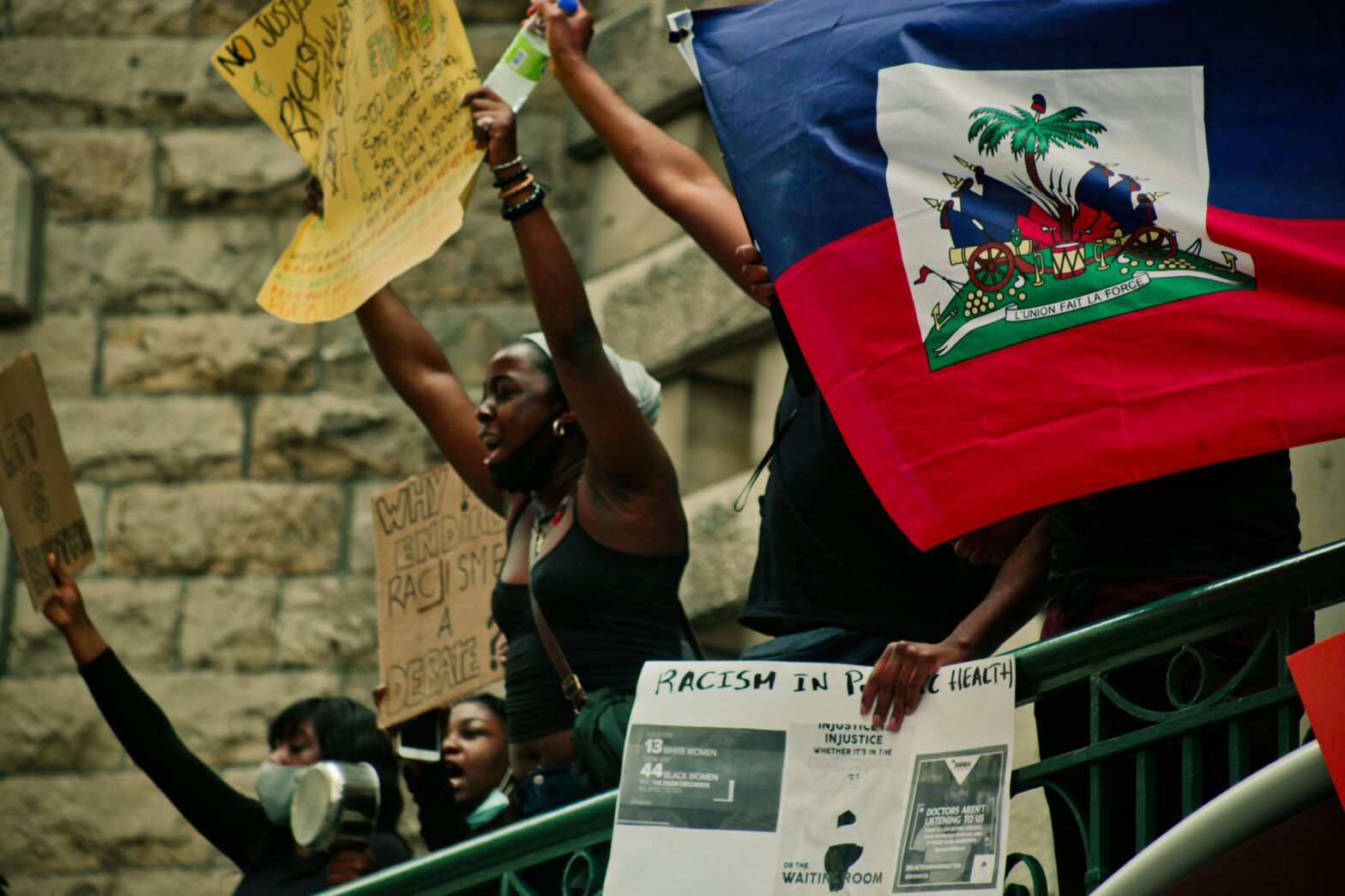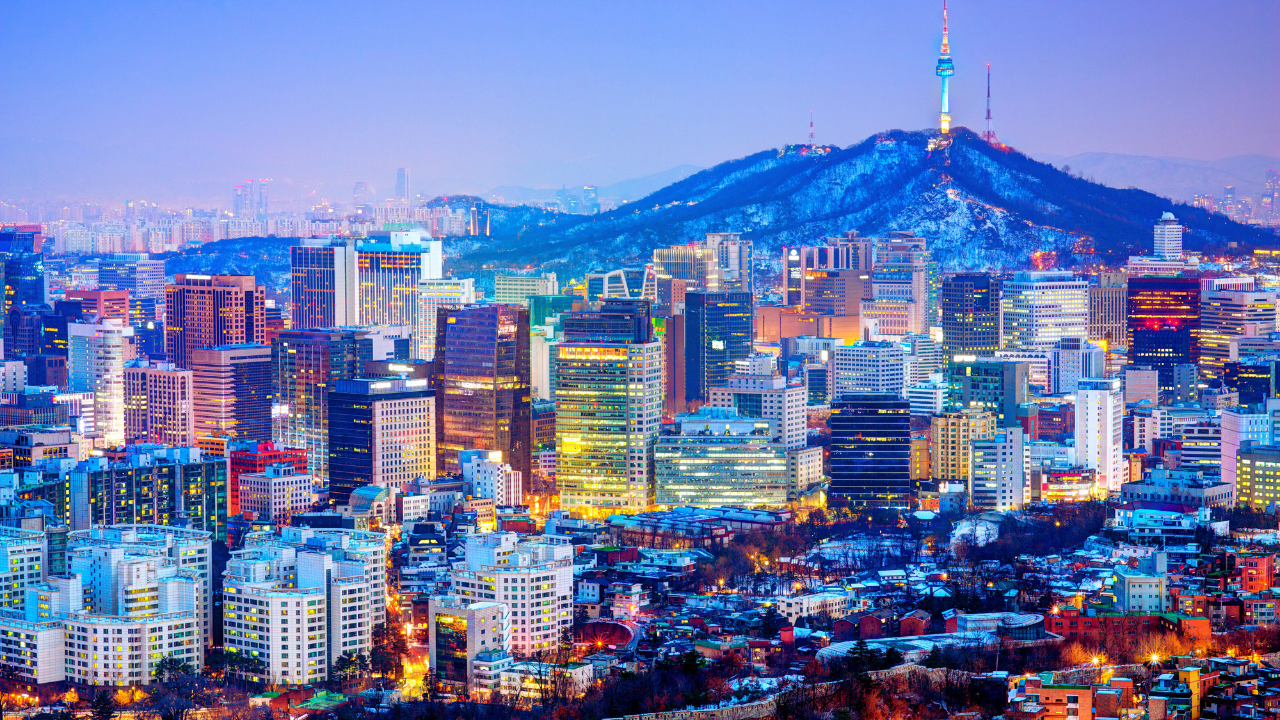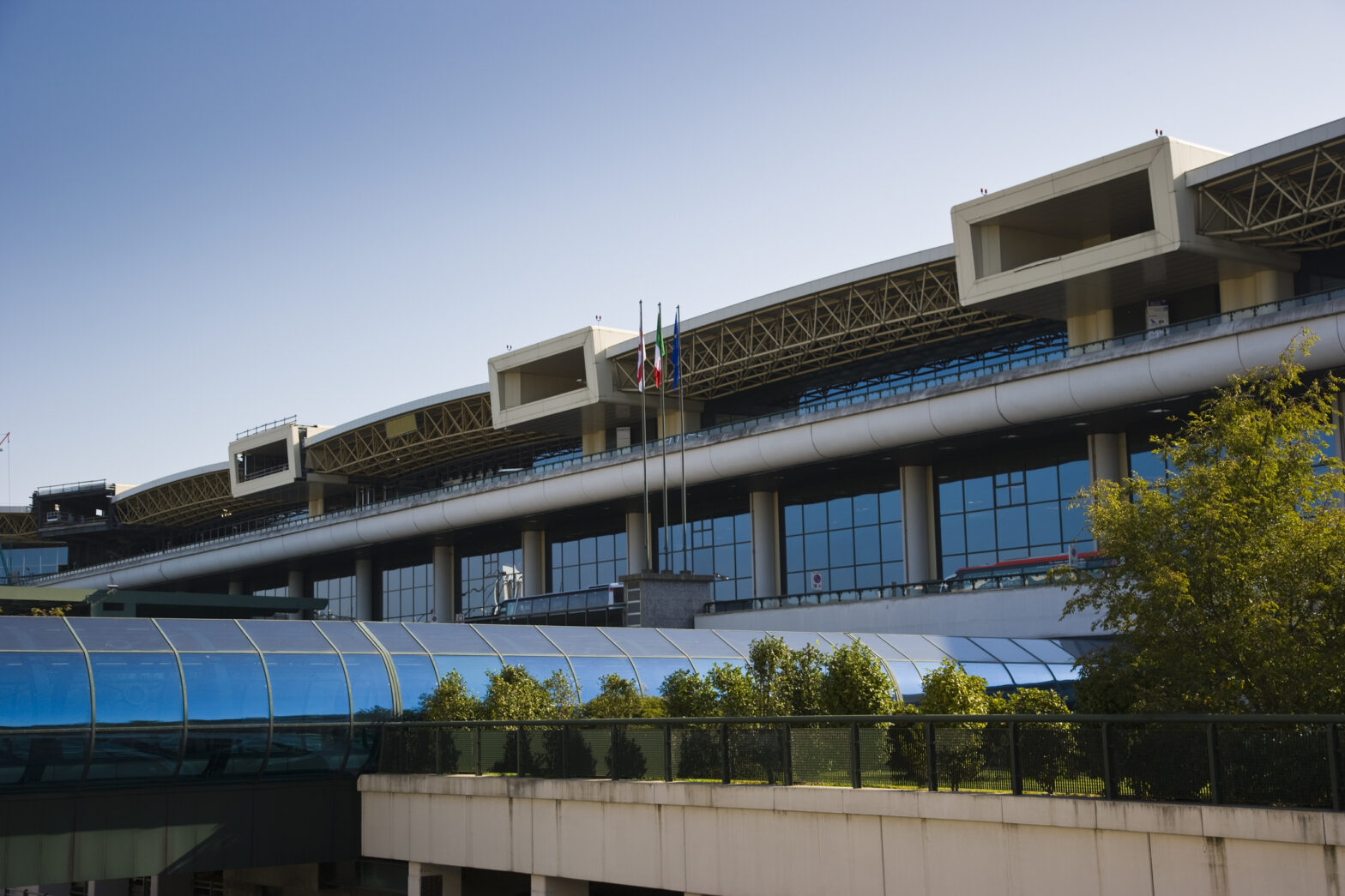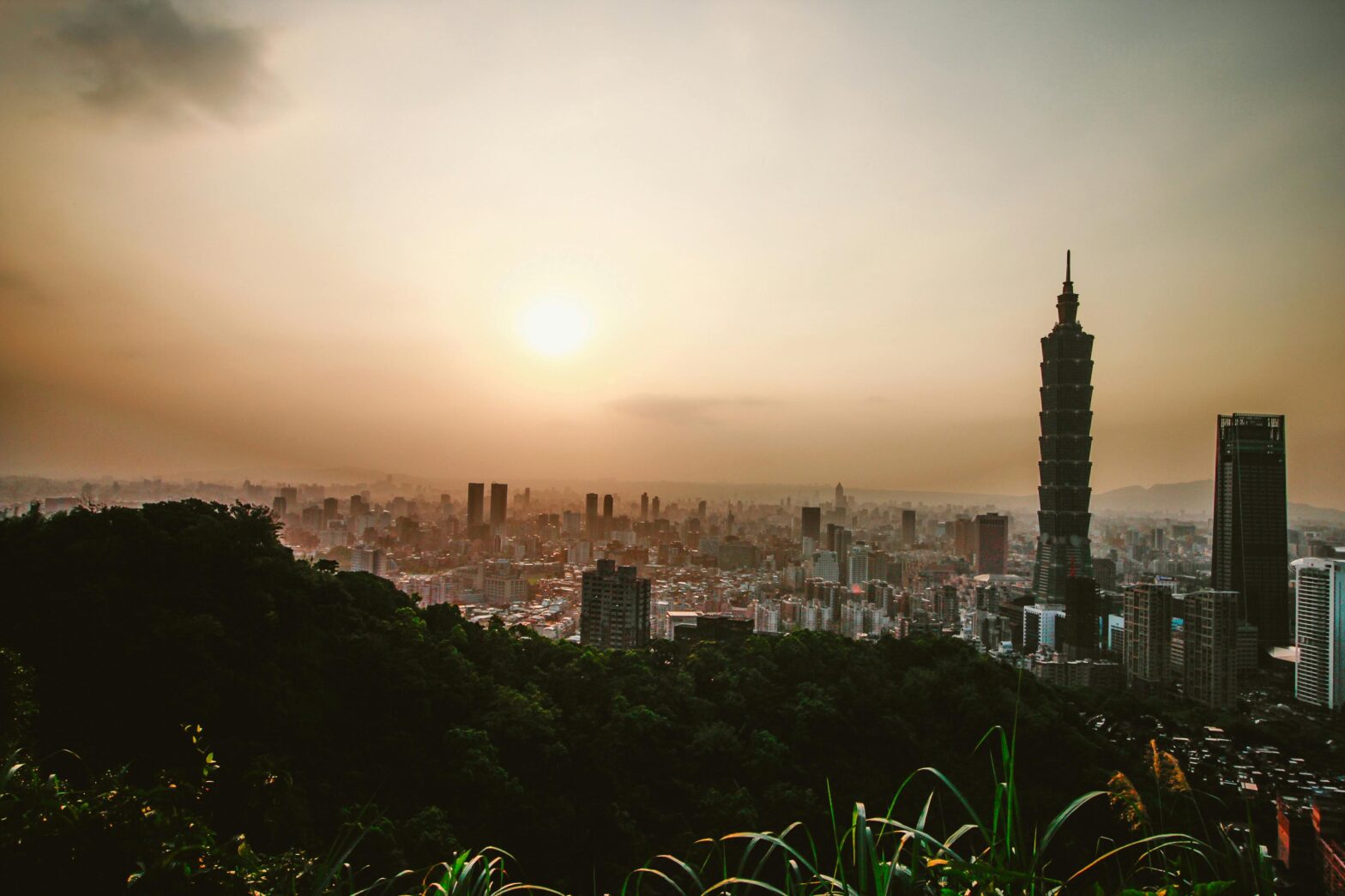“We are all descendants of the Haitian Revolution.”
These are words from Laurent Dubois’s book, Avengers of the New World: The Story of the Haitian Revolution. Dubois makes the point that Haiti transformed the world and played an integral role in the destruction of slavery in the Americas. For many people like Dubois, Haiti is and will always be the blueprint for revolution.
Conflicts Brewing Ahead Of The Haitian Revolution
A series of conflicts between enslaved Haitians, colonists, and British and French colonizers is what started the Haitian Revolution. By 1789, an estimated 556,000 people were living on the French side of Hispanola, Saint-Domingue, which is modern-day Haiti. Approximately 500,000 were enslaved Africans, 32,000 were European colonists, and 24,000 were affranchis, people of mixed African and European descent.
The Haitian Revolution had five leading causes: the French colonization of the West Indies, the plantation system, the impact of the American and French Revolutions, the brutal slave regime and conditions, and the social and racial hierarchy of Saint Domingue.
The French side of the island was one of the wealthiest colonies in the New World. French colonists successfully built plantations to cultivate cash crops such as sugar, coffee, cotton, and indigo. Saint Domingue exported more sugar than anywhere else in the world, earning it the nickname “The Pearl of the Antilles.”
How The French Revolution Influenced The Haitian Revolution
Over time, the French Revolution weakened France’s control over its colonies. It ended Saint Domingue’s social caste system, where white people led the social order and dominated the colonial government.
The colonial government petitioned France for self-rule after the French government increased tariffs on imports and told colonists they could only trade with France. White people in Saint Domingue had no representation in the French government, so they had little control over their affairs.
Amid their petition to France, the colonial government also implemented discrimination laws against free people of color that kept whites in control of the island. Free people of color, however, argued that French law granted them full citizenship.
In October 1790, violence erupted between free people of color and whites with the help of free colored leader, Vincent Ogé, who started gathering people of color to enforce justice. Free people of color armed themselves, demanding that the colonial government grant them equal rights. By February 1791, colonial forces executed Ogé and his followers, which added fuel to the fire in the conflict that was increasing.
Conflict Increases Between Slaves And Slave Owners
The most significant tensions were between enslaved people and their owners. Those enslaved engaged in various forms of resistance, including working slowly, breaking equipment, poisoning their masters, temporarily leaving the plantation without permission, or permanently running away to the maroon communities in the mountains.
At the start of the revolution, around 1791, enslaved Africans made up about 90% of the population. Slaves had been planning an uprising while white planters and free people of color fought each other. On August 21, 1791, a massive rebellion began in northern Saint Domingue. Thousands of enslaved people destroyed northern plantations and crops, killed slaveowners, and freed other enslaved people.
Four leaders emerged from the 1791 rebellion: Georges Biassou, Dutty Boukman, Jean-François Papillon, and Jeannot. The rebels joined forces with the island’s free people of color, taking over northern and western Saint Domingue by 1792. Even with their victories, the rebellion’s early leadership proved to be vulnerable. White colonists negotiated with free people of color, promising equality to those who sided with them. By the year’s end, colonial forces had the upper hand, and the rebels who managed to escape went into hiding.
By 1793, the British occupied Saint Domingue and restored slavery to the western and southern parts of Saint Domingue. After a five-year occupation, England withdrew from the island in 1798 after losing thousands of soldiers to yellow fever.
The Rise Of Toussaint Louverture
As the British evacuated and France tried to regain control, François Dominique Toussaint emerged as a leader and revolted against French colonial rule. Toussaint joined Georges Biassou’s rebels, who allied with the Spanish against France.
Toussaint learned African and Creole herbal medical techniques and served as both a soldier and doctor to the troops. It didn’t take long for him to develop a reputation. Eventually, he was given command of 600 Black formerly enslaved people. His forces were well organized and grew to over 4,000 men.
By 1793, Toussaint added Louverture (French for “opening”) to his name, presumably for his skill in finding or creating openings in enemy lines. After the National Convention abolished slavery in 1794, Toussaint switched sides from the Spanish and joined the French army. With his army, he took control of the entire island of Hispaniola by 1801. He ordered a new constitution that gave him absolute power. The Constitution of 1801 achieved several key objectives, most notably the elimination of slavery and the racial hierarchy, and the appointment of Toussaint as governor for life.
The End Of The Revolution
By the end of 1801, Napoleon Bonaparte sent his brother-in-law, General Charles Victoire Emmanuel Leclerc, to Saint Domingue to restore colonial rule and deport Toussaint and his officers. He arrived in 1802 during the Battle of Crête-á-Pierrot, one of the most important battles of the Haitian Revolution. Toussiant’s soldiers proved they were well-trained against their opponents.
The Battle of Crête-á-Pierrot was one of the bloodiest conflicts in the Haitian Revolution. The French dominated the battlefield by the end of April. Toussaint retired, but the French deported him to France in June 1802. He died in Fort de Joux prison in April 1803.
The French army started to die from yellow fever, and Leclerc’s control began to slip as soldiers died from sickness and warfare. When Bonaparte restored slavery in Saint Domingue, it inspired Black soldiers to leave the French army and join the resistance.
Leclerc died of yellow fever in November 1802. His successor, Vicomte de Rochambeau, accelerated a violent campaign of the French by staging mass executions. When England and France returned to war with one another again in 1803, the British returned to Saint Domingue and helped the rebel army defeat France.
Why The Haitian Revolution Is The Blueprint
With the help of the British, Jean-Jacques Dessalines, who successfully united the rebels, defeated the French army at the Battle of Vertières in November 1803. From the city of Gonaïves, Jean-Jacques Dessalines renamed the colony Haiti on January 1, 1804, an independent country without slavery and free from French rule.
Despite its current state, where Haiti is facing a severe and worsening crisis, the Haitian Revolution is a significant moment in world history that remains a North Star in the continuous fight for freedom, justice, and equality. It is the only successful slave revolt in history that established the first independent Black republic and the first independent nation in Latin America.
Haiti is the first country to end slavery and the second country in the New World to end colonial rule. The Caribbean island sends a message that oppressors can be overthrown.





